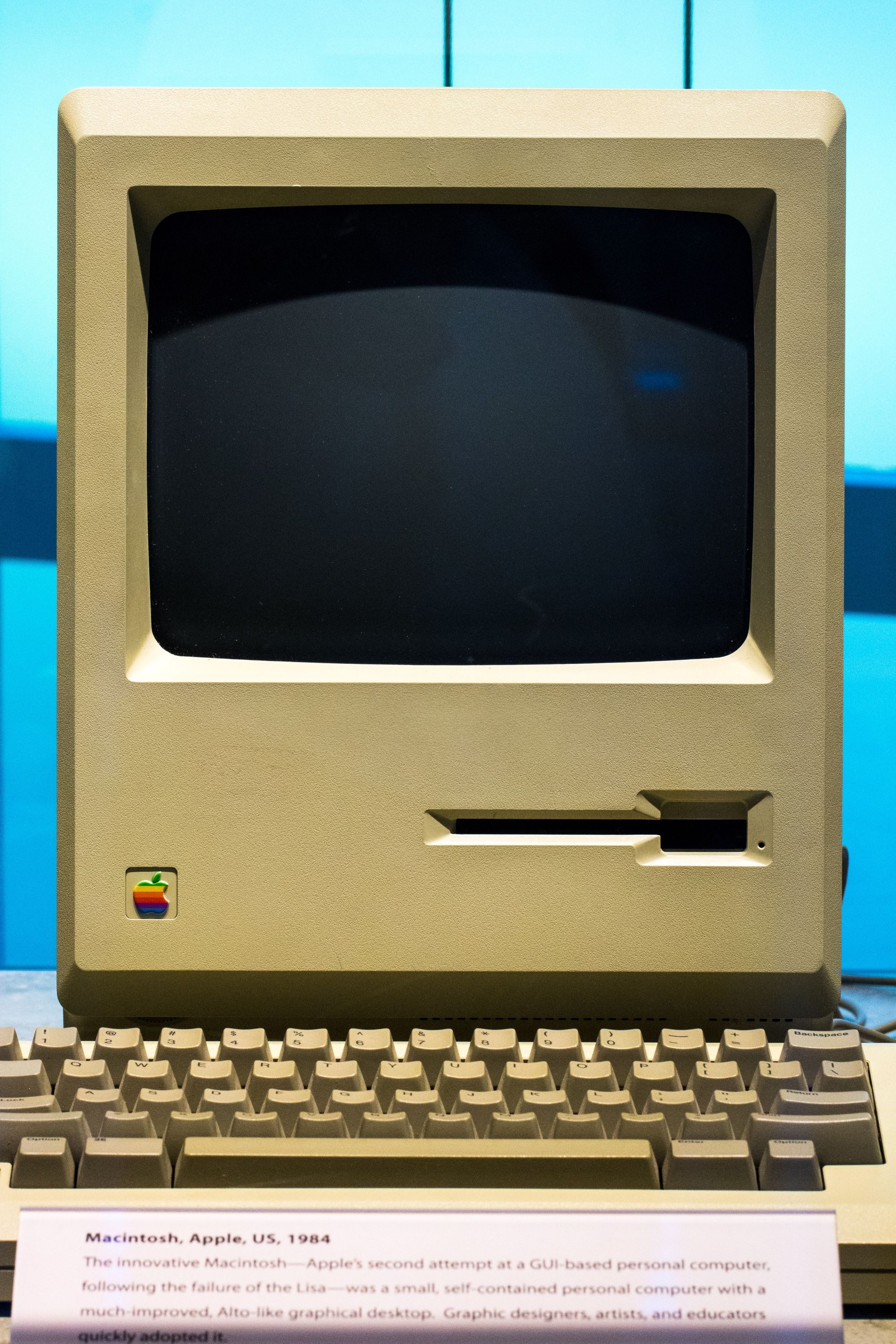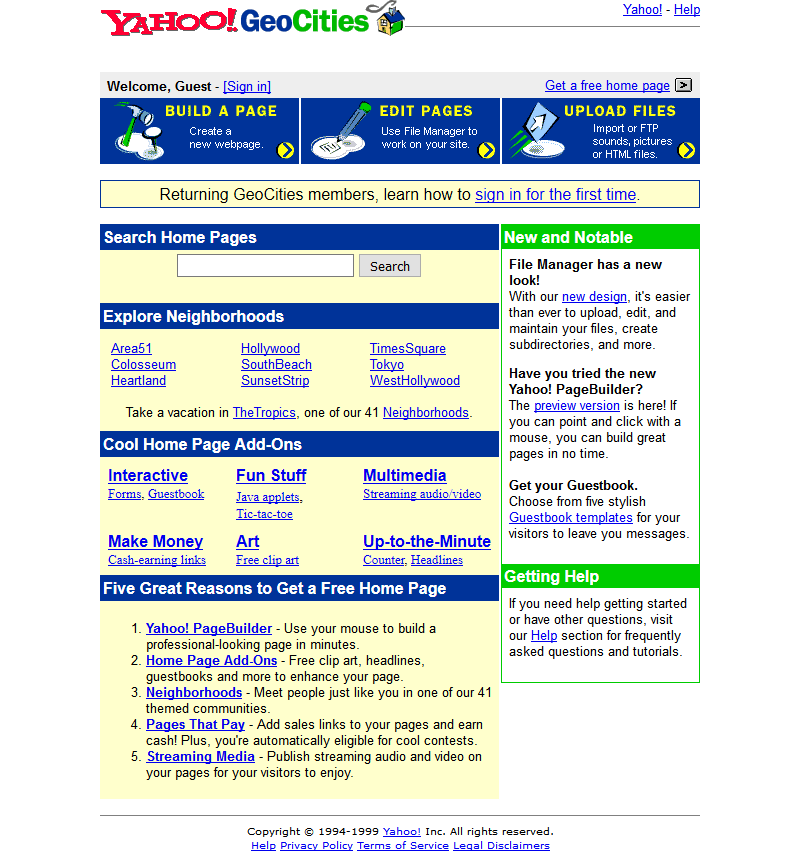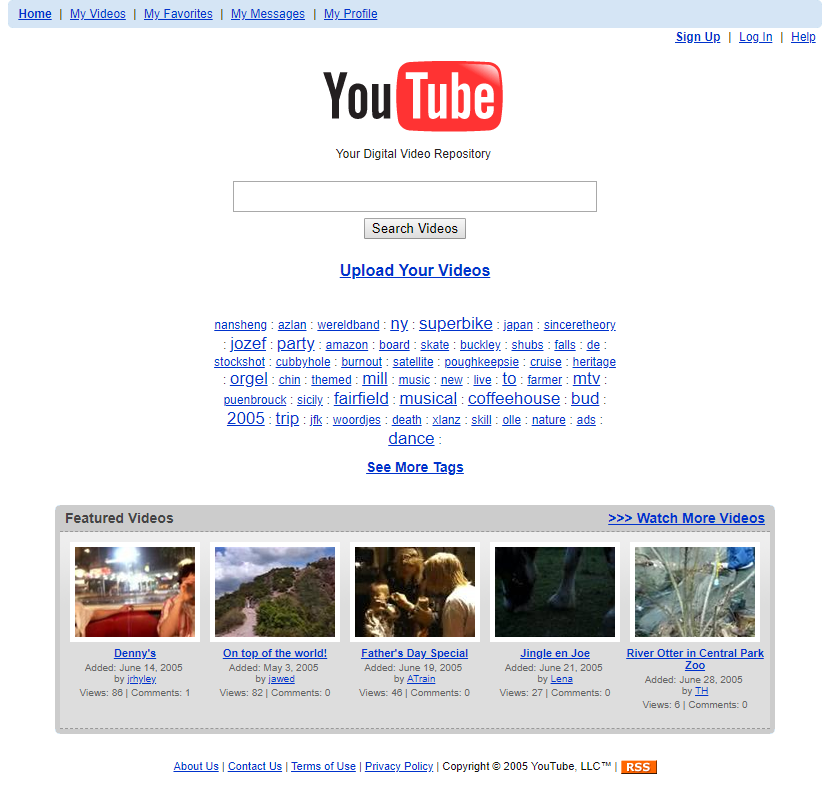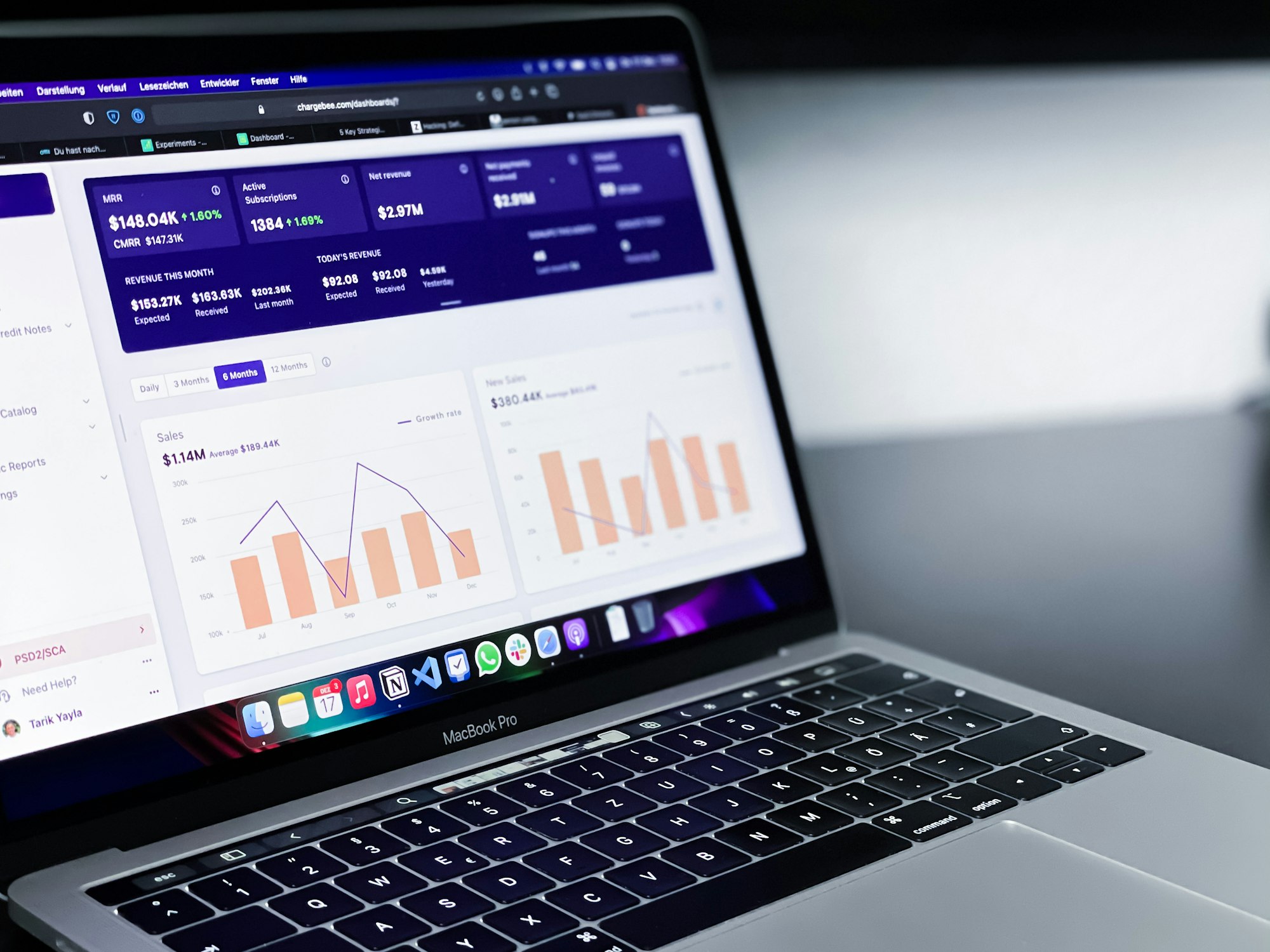Millennials and marketing: from Web 1.0 to Web 3.0
We look back at the development of computer and internet technology that has shaped the lives of millennials - and how it might further change.

One of the greatest factors that drive people to make decisions – irrespective of age – is nostalgia. People’s yearning for and retrospection of the past can drive them to make many personal and financial decisions, which collectively galvanizes industry, reinforces tradition, and channels creativity.
Millennials, born in the 1980s through to the mid-1990s, grew up during a pivotal period of technological development and almost instantaneously became adopters and artisans of new digital technologies and media.
This core period of technological development differentiates millennials from other core demographic groups and makes them a unique group to market to.
And it's because of this that marketers and media practitioners should look to the inventions and innovations of yesteryears to draw inspiration from to supplement their research and initiatives.
Earliest Adopters of New Technology
Millennials collectively stand out as a group due to their desire to own and master all the newest technologies to market. According to a 2019 Pew Research poll, millennials adopted smartphones, tablets, and social media at higher rates than any other recorded age group.

Their use of these devices is more likely to supplement activities in their day-to-day lives compared to their older counterparts.
The rise and continuing development of B2B communications software, customer relationship management (CRM), and the creator economy have also forced millennials to adopt these technologies to compete in the modern service-oriented business world.
Computer Crazy
If you are a millennial or older, you will likely laugh at how cheesy society pictured future life through the continuing development of computers. While movies in this vein may have been blockbusters at the time, their predictions and aesthetics couldn't be more wrong.
Computers have developed at frightening rates since their inception, and since being consumer-, albeit geeky consumer-friendly in the 1970s, the power and capabilities of computing has since grown to immeasurable heights.
At the crux of this development were the millennials, experiencing the first GUI with the Apple Lisa in 1983.

While the majority of millennials weren’t born at this time, Apple and their competitors HP, IBM, and Compaq, rapidly developed computer technology in the 90s, allowing growing millennials the free time to adapt to it.
A Brief History of the Internet
Even though the internet has existed conceptually for over 100 years, it wasn’t until the late 1980s that it was brought to mass consumer audiences.
The internet, in its most primitive form, existed as Web 1.0 and brought a digital platform where computers can be wired into the world.
Web 1.0
The internet was pretty basic at this time, mainly being structured around information-driven pages that copied the structure of books. Web 1.0 supported static pages, digital images, and limited hyperlinks.
Unlike later forms of the internet, advertisements were not allowed. Digital marketing efforts at this time barely existed, and online efforts were centered around running a company web page and utilizing interpersonal relationships to get content posted on news sites.

That being said, the internet appealed to the youngest generation almost immediately at the time. Worldwide users grew by over 22.5 times between December 1995 and 2000.
Web 2.0
If the internet was pioneered through the development of 1.0, the development of Web 2.0 gave rise to digital homesteaders. It is important to note that the change from Web 1.0 to 2.0 to 3.0 is a natural evolution and denotes a period of development that isn’t cut and dry.
Web 2.0, which is what most of us are on now, took everything new and exciting about the internet landscape in Web 1.0 and simplified it while expanding its features for a mass audience.
Informally starting in 2004, Web 2.0 introduced additional features to the web landscape, including early social media, blogging, video hosting, the rudiments of keyword interlacing, wikis, media sharing and storing sites, and multi-purpose apps.

By the time Web 2.0 was in its full-force, millennials were teenagers and young professionals taking the world by storm. As an emerging consumer demographic, they spent more time with digital devices and technology played a larger, and more central, role in their lives.
Advertising through pop-ups and displays were utilized by marketers to introduce this new demographic to products, brands, and services.

Web 3.0
Web 3.0 is the most recent iteration of the World Wide Web, and it refers to the internet as it is developing now. The youngest Millennials are today about 26 years old – in the prime of their lives. They are at the forefront of digital development and have taken inspiration from previous tech innovation to create this online architecture.
Cryptocurrency and blockchain technology is developing rapidly, and through Web 3.0, promises a future around decentralization, whether it is financial, or informational.

Undoublty, the continued development of Web 3.0 offers major changes to how marketers will work. The social media marketing field has only really technologically developed thanks to innovations within Web 3.0. Similarly, the rise and development of MarTech tools will follow the growth and adoption of Web 3.0 concepts.
Websites are also likely to become more encrypted in the coming years, and data privacy and security will be of paramount importance to governments and institutions globally too – these, combined, will have interesting effects on how websites collect and use data.
Ultimately, it is up to marketers to keep on top of these trends and utilize these changes to reach their target audience.
Save time and money when creating and distributing high-quality content for branding and marketing with ContentGrow. Sign up to get your campaign started or book a quick call with our team to learn more.





